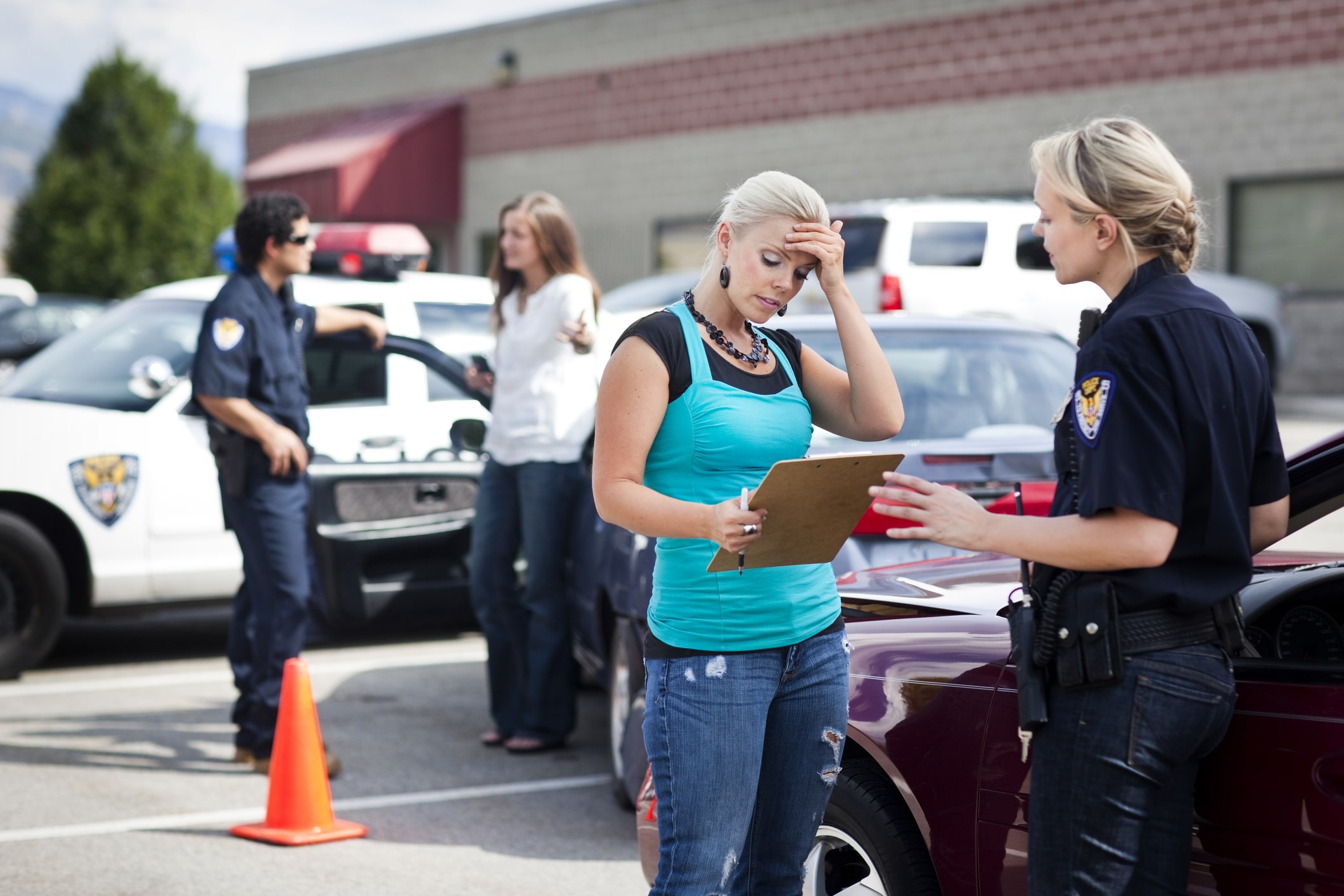7 Important Documentation Steps if You’re Injured in a Car Accident
After a car accident or truck accident—or any road accident that leaves you with an injury—you may face expenses and financial losses.
Understanding how to seek compensation to help cover those expenses and mitigate those losses is essential. Whether your medical expenses are covered by personal injury protection or you must make a case for compensation from an at-fault party in the accident, documenting your injuries and other information related to the accident is an important step.
1. Gather Insurance Information
Begin by gathering insurance information. When possible, do this at the accident scene. Ask all drivers involved in the incident to provide their insurance information. If they show you an insurance card, snap a picture of it with your smartphone. Insurance cards can contain information that may be of use later, including the insurance company’s name, the insured’s name, and a policy number.
If you’re seriously injured in an accident or other drivers are, you may not have the opportunity to exchange insurance information. If someone else you trust is at the accident scene and can safely ask for insurance information, they can gather the data for you. Otherwise, you may need to rely on methods for getting this information after the accident.
2. Get a Copy of the Accident Report
One document that might include information about all the drivers involved in an accident is the police accident report. This document can also provide information about the cause of the accident based on the police officer’s observations at the scene and recorded witness statements.
Accident reports may also mention whether there were injuries at the scene. This could be important if you must prove you were injured in the accident, as a police report that mentions injuries supports your narrative. You typically have to request or order a copy of the accident report; if you have a personal injury attorney, they may order one for you.
3. Take Pictures of the Accident Scene, Vehicle Damage, and Injuries
When possible, use your smartphone to document evidence at the accident site, including injuries. You might also snap pictures of injuries later, in the hospital or as you go through the healing process.
Visual documentation can help paint a more effective picture of your injuries, potentially reducing the effectiveness of defense strategies that might seek to make light of those injuries. Photographs and videos that include time and date stamps can also help establish that your injuries occurred during the accident and not in a separate incident that preceded the accident involved in your claim.
4. Get Copies of Your Medical Records
Official medical records are one of the most important pieces of documentation in a personal injury claim. Your medical records include critical information such as:
- Details about the onset of symptoms related to the injury, supporting claims that the injury was caused by a specific accident
- Official diagnoses from medical providers, so your case is based on more than your own claims about symptoms
- Documentation about the severity of injuries, which can help make your case for how long the issues may impact your life
- Detailed billing statements that demonstrate the cost associated with your injuries
5. Keep a Journal Related to Your Injuries
Something as simple as a notebook where you jot down details of how you feel, what type of medical treatment you undergo each day, or what impact your injury has on your lifestyle can be helpful in a personal injury lawsuit following a car accident. You can return to such a journal for details such as dates of specific incidents or help creating an effective narrative of how an injury has negatively impacted you. You can also use this notebook to record the dates and times of phone calls, appointments, and other details related to your case.
6. Consider Expert Testimony
If you file a lawsuit in a case involving injuries related to a car accident, expert testimony may help you better document your injuries and the impact they have on your life. Your lawyer may ask your medical providers to testify on your behalf or pay third-party expert doctors and other witnesses to speak on the impact of your injuries. Some examples of this type of testimony might include medical experts who can verify diagnoses, discuss the likelihood that an injury was caused by a specific accident, or weigh in on how long an injury might keep you from working or living a normal life.
7. Discuss Options for Other Witness Testimony
Nonexpert witnesses may also help establish the extent of your injuries and how they negatively impact your life. An experienced personal injury lawyer might leverage the testimony of friends, loved ones, or former coworkers to help paint a picture of your life before an accident so it can be contrasted with what you are able to do given your injuries after an accident. Testimony from a significant other can also help demonstrate how an accident has impacted the quality of your relationship.
Make a Plan With Your Personal Injury Attorney
Documenting your injuries and the impact they have on your ability to work and live life is important in a personal injury case. If you’ve been hurt in a car accident and want to seek compensation for your losses, contact the Sigal Law Firm by calling 248-671-6794 to set up a free consultation to learn how we can help.
















